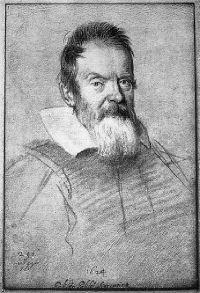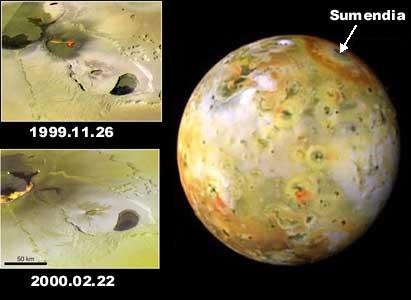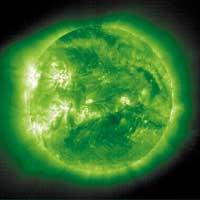Lentea, innovative of the eye of science
2004/09/01 Roa Zubia, Guillermo - Elhuyar Zientzia Iturria: Elhuyar aldizkaria
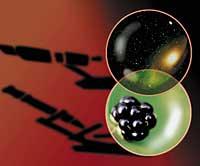
There is nothing simpler than looking from a lens. It is usually a game, but some benefited from this simplicity. Sometimes the simplest discoveries are the most surprising.
Convex lenses increased things. The English Roger Bacon took advantage of this effect to facilitate the reading of the letters of the books. From then on, the eyewear industry quickly expanded in Europe, especially in Italy. The XIII is not bad. A 'simplicity' of the twentieth century.
Convex lenses increased the size of objects and concave lenses reduced that size. It was not a nonsense: convex lenses improved the vision of those who had hyperopia and concave that of those who had myopia. Based on this principle, glasses did a great favor to technology (and to those who had vision problems).
The lenses that made two centuries later were, undoubtedly, very elaborate products. In the Netherlands, where the profession was very developed, there were many expert eyewear manufacturers, and one of the most remarkable discoveries related to optics was made in the workshop of one of them.

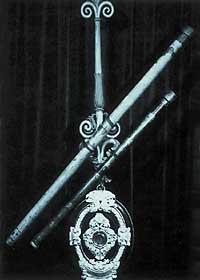
However, the discoverer does not appear in the science books. Simplicity made her a simple boy and there is no trace of her name in most books. As on other occasions, history has many versions; you cannot know exactly who made the discovery, or how things happened.
However, XVII. He was a Dutch of the twentieth century who understood the world as any other of the time. In short, he would have a Christian tradition, so he would be told that the Earth is at the center of the universe, if he ever asked. He was told that stars and planets are attached to a celestial dome and that, of course, all stars are perfect and do not undergo change. Surely the discoverer did not ask. What do stars and planets matter?
According to tradition it was a mucus. This boy was learning the trade with Hans Lippershey, a skilled eyewear manufacturer in Middelburg, New Zealand. They say that when the teacher was out of the workshop, the child began to play with the lenses. And then the simplicity occurred and then the discovery.
He grabbed a convex lens in one hand and a concave lens in the other and placed them in front of the eyes, and realized that he saw enlarged the image that passed through both. Go! A veleta that was far away saw the distance between the lenses.
He taught his discovery to the teacher, and there he ended his relationship with the history of science. However, that of Lippershey began at that time. Of course, this story has spread in many other ways, as it has been said that Lippershey had seen two children playing with lenses in the street. In one way or another, the discovery occurred by chance.
Inside a tube
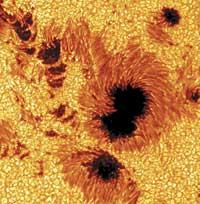
Lippershey did not discover anything, but invented the proper way to fix the two lenses in a tube and offered it to the Government of the Netherlands as an instrument of war.
The truth is that being a finding a simplicity anyone could get it. However, we remember Lippershey and, above all, Galileo Galilei, who gave juicy use to this simple instrument.
Immediately after knowing the 'artifact', Galileo made one of them and began to experience. The famous physicist is often regarded as the inventor of the telescope; the truth is that he did not technically invent it, but he first used it to explore the sky. And he discovered incredible things.
On the Moon he saw mountains and seas; on the Sun, spots; on Venus, periods like those of the Moon; in the surroundings of Jupiter, lunettes; stuck to Saturn, some balls, as if it were a system of three spheres.
The presence of mountains and seas on the Moon meant that it was not the perfect spherical star. At first glance dark and clear spots are seen, but it cannot be guessed that it is not entirely spherical. However, through the telescope it is clear that it resembles the Earth, does not generate light, but reflects it. In short, it is not an astro as “perfect” as the Sun.
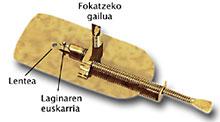
But the Sun was not perfect either, it had spots. Through these spots, Galileo detected the rotation of the Sun. This meant that the Sun does not remain paralyzed in space, which could have many new readings, both astronomical and philosophical.
Venus also looked like the Moon, as it did not always look round. On the contrary, through the telescope were seen periods, that is, as are the Crescent and the Diminishing Fourth, with 'Venus' and 'Venus'. So Venus, like the Moon, reflected the light, did not create light by itself. What's more, this planet revolved around the Sun.
Galileo's most important discovery was the satellites of Jupiter, which revolved around four moons. For the first time, an astronomer saw astros that are not seen at first sight. This is considered habitual today, but XVII. In the eighteenth century not all admitted that there are things that are not seen in space. The telescope also increased the brightness of the stars and with this amazing device more stars were seen than at first sight.
The criticism of Galileo was harsh, especially because it contributed data in favor of the Copernicus model, which meant that the Earth was not the center of the universe. The telescope was very controversial. Many did not want to look with that damned instrument, and others, even looking at it, claimed that the instrument itself was responsible for seeing new things.
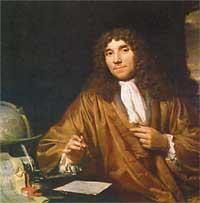
However, with the passage of time these criticisms were inevitably ruled out. They were only three-year observations, from 1609 to 1612, but astronomy of the time was shaken with the worst possible telescope. Galileo opened the eye for a new world.
The world of the little ones
The lenses not only showed great distant things, but also made visible small things nearby. This opened the doors to other worlds. In the twentieth century.
The tool, the microscope, was, in principle, a device simpler than the telescope. The telescope was a two-lens tube that needed a single lens. Yes, the stars seen with a telescope produced or reflected the light, but in the microscope they had to capture the outside light and correct it through a mirror towards the object to be seen.
Although it was invented at the beginning of the century, the microscope was developed in the second half. Precisely because of his work at that time, the Dutch Anton van Leeuwenhoek is considered the father of the microscope today. He worked in a tissue shop in the city of Delft and began to use the lenses to count the filaments of the tissues. He learned to make glasses and began to look at all kinds of things through them. He made more than 500 microscopes, although most of them are very simple. He made four books with drawings of the seen.
He saw small living things in water, in food, and everywhere. And those living beings were not as big as the big ones, among which was the asexual reproduction of vegetable lice. In addition, he observed blood under a microscope and discovered red blood cells, circulars in mammals and longer in fish and amphibians.
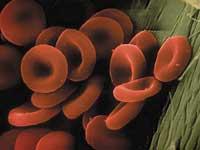
All these innovations radically changed biology. New criteria could be used in the research. For example, botanists classified plants according to seed characteristics.
Through the microscope appeared new branches such as embryology, cytology, histology, entomology and of course microbiology. And perhaps that wasn't the biggest change this simple device made.
The greatest revolution came from the way of thinking. The Frenchman Rene Descartes said that we must always doubt, although it is believed that we must always analyze whether things are as we think or not. And the microscope (and also the telescope) provided evidence in favor of Descartes' ideas. Things are not as seen. There were things to analyze more slowly. What Aristotle or the Bible said was to question everything. And that is what man is believed to have done in the coming years.
Three new worlds From America they brought new plant species such as potato, corn, tomato and tobacco. Another so much happened with the animals. In addition, Europeans also found human beings. The Bible said nothing of what appeared there, European biologists did not know the species brought. The telescope also had a great influence on the understanding of the world. XVII. During the twentieth century, surprising observations were made. The sky was not a rigid dome around the Earth, but the universe was larger than expected. Was it possible that God did not do it in the center of Earth? Finally, the microscope opened a new door to man: the world of the little ones. On the one hand, beings were known that could not be seen and, on the other, very different things were seen from the microscope. The microscope caused new episodes of biology. Things are not just what is seen at first glance. |
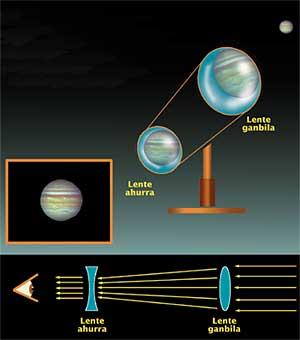

Gai honi buruzko eduki gehiago
Elhuyarrek garatutako teknologia



